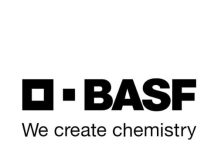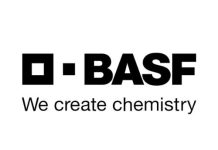The most urgent threat to South Africa’s productive farmlands does not come from wayward politicians – it is the rapidly increasing soil acidity of much of local farmland and subsoils. This silently creeping threat is not only reducing productive land capacity, it is also a major factor reducing crop tolerance to extended dry-spell events.
Especially dangerous is the exponential increase in acidity – even when soils are only moving from a pH of 4,8 to 4,4 (KCl) it results in a 2,5 times acidity increase. Then even a 2-ppm level of aluminium (Al) can suddenly become toxic and severely inhibit root and plant growth.
Urgent and collective actions are required to change from the outdated three-year bulk-liming focus, especially while constantly pushing for the highest tons per hectare every season, to a substantially more frequent management and evaluation priority focus on moving alkalinity profiles against targeted reserves.
This new priority focus before planning crop and nutrient requirements for the season, will dramatically assist in ensuring a better balance and effective increase in the productivity of soils. (Arresting any acidity increase, getting a paying crop out and formulating an essential and affordable incremental remediation of soils, every season.)
Modern producers now have many time-saving productivity options at hand, from fertiliser types through to high quality fine bulk limes used with special application equipment or simply combinations with easy-to-use, granulated solutions to assist in time-saving and productivity gains.
Starting with a simple topsoil and subsoil analysis, every producer can and must understand his base soil type, alkalinity and nutrient reserves and plan any early interventions required, especially prioritising this ahead of his NPK spend or application.
Where rented land could be even more vulnerable to acidification, perhaps a discounted rental is applicable if the analysis is low or can be linked to a remediation charge or penalty if no alkalinity improvement is made by the obligated producer or land owner. This could assist in at least protecting the land and leading the broader community or town to a more prosperous future.













